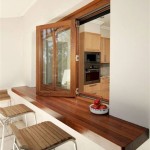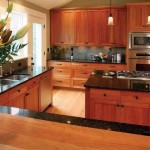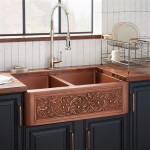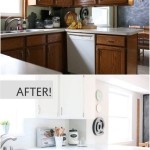When renovating a kitchen, many homeowners think of changing their countertops, cabinets, and appliances, but often overlook the importance of flooring. Kitchen flooring has to be able to withstand heavy foot traffic and spills, so it is important to choose the right material for the job. To help you make an informed decision, here is a guide to flooring for kitchen that covers all the main options.
Laminate Flooring
One of the most popular materials for kitchen flooring is laminate. Laminate flooring is available in a variety of styles and colors and is relatively easy to install. It is also very durable and can withstand heavy foot traffic and spills. The downside of laminate flooring is that it can be scratched easily, so it may not be the best option for a kitchen that sees a lot of wear and tear.
Vinyl Flooring
Vinyl flooring is another popular option for kitchen flooring. It is available in a wide range of styles and colors and is also relatively easy to install. Vinyl flooring is also highly durable, water-resistant, and easy to clean. The downside of vinyl flooring is that it can be damaged by exposure to heat and UV light, so it is not ideal for kitchens that are prone to temperature fluctuations.
Tile Flooring
Tile flooring is a great option for kitchen flooring because it is highly durable, water-resistant, and easy to clean. It is also available in a variety of styles and colors and can be installed relatively easily. The downside of tile flooring is that it can be slippery, so it may not be the best option for kitchens that have a lot of foot traffic.
Hardwood Flooring
Hardwood flooring is another great option for kitchen flooring. It is available in a variety of styles and colors and can be installed relatively easily. Hardwood flooring is also highly durable and can last for many years with proper care. The downside of hardwood flooring is that it can be damaged by moisture, so it may not be the best choice for kitchens that are prone to spills.
Cork Flooring
Cork flooring is a great option for kitchen flooring because it is highly durable, easy to clean, and water-resistant. It is also available in a variety of styles and colors and can be installed relatively easily. The downside of cork flooring is that it can be damaged by exposure to heat and UV light, so it may not be the best choice for kitchens that are prone to temperature fluctuations.
Conclusion
When it comes to kitchen flooring, there are many options to choose from. Laminate, vinyl, tile, hardwood, and cork are all popular choices for kitchen flooring. No matter which type of flooring you choose, make sure to consider the pros and cons of each material before making a final decision.















Related Posts








